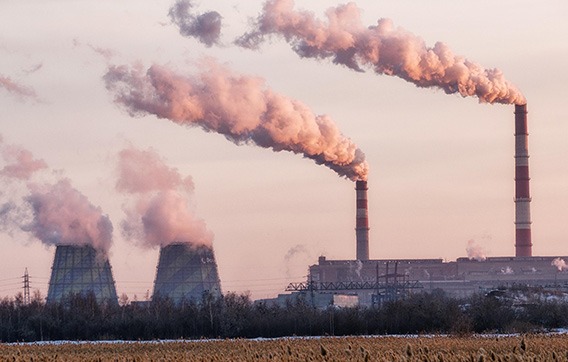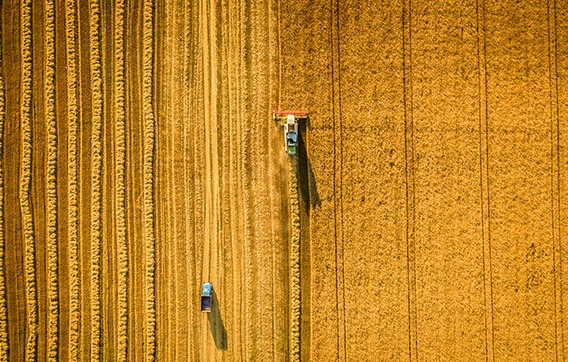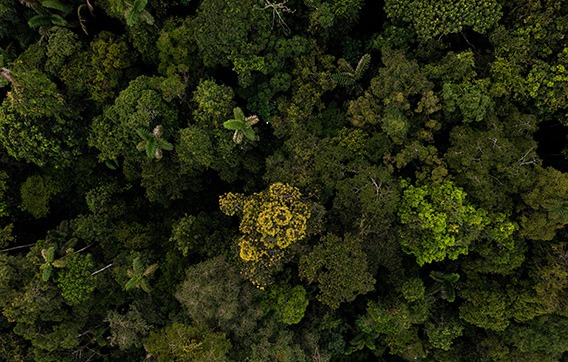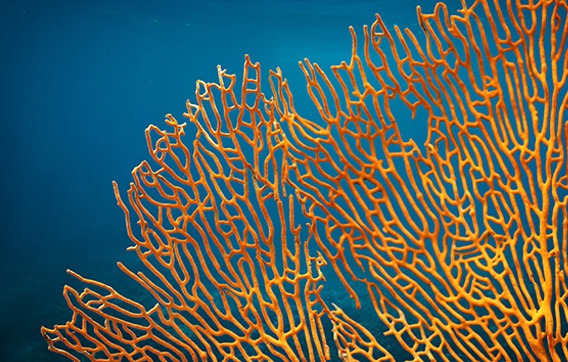Despite positive social, political, and economic trends, the data underpinning the progress to carbon neutrality is self-reported and inaccurate. Scientists found a gap of 5.5 billion tons per year between individual nations’ inventory accounting and emissions calculated by independent models. This stalls required actions, causes confusion, inaccuracy and doubt. Earth observation satellites with visible, infrared, and microwave sensors allow to capture, process, and interpret the data required to form a baseline set of observations to validate and coordinate mitigation efforts.
ESG
2020
was one of the three warmest years on record as globally averaged mole fractions of CO2 exceeded 410 parts per million
100
Forest area fell by almost 100 million hectares in last 20 years and wild fires emitted more CO2 than the entire EU
70%
Agriculture will be using 70% of Earth’s GHG ‘budget’ by 2050, creating 11 gigaton mitigation gap
$480bn
The annual loss of soil due to erosion is around 24 billion tons per year that calculates to $480 billion of financial loss
Sustainable Development Goals provide a global framework for cooperation to address three dimensions within an ethical framework. These three dimensions include economic development, social inclusion and environmental sustainability. The potential of space in supporting the SDGs is very wide and its role is crucial as noted by the United Nations Office for Outer Space Affairs. The United Nations specifically refers to space technologies to support the SDGs number 2, 6, 11, 13, 15 and 16. Almost all SDGs benefit from space technologies.

IMPOSSIBLE TO ACCOMPLISH WITHOUT SPACE
Climate Action
GLOBAL CHALLENGE AND OPPORTUNITY
Feed The Planet
Food production occupies 40% of land, causes 30% of human produced greenhouse gas emissions and uses 70% of fresh water. Agrifood is a $7.8t global market that employs 40% of the working population, which is impossible to scale using current methods. There is a 56% food gap between what we make today and what we will need by 2050. Space-enabled applications deliver insights on crop trends, stress detection, Nitrogen Rx, sustainability practices verification, and soil Carbon/ Nitrogen changes/stocks critical for precision farming.


THE VALUE OF OTHER SPECIES
Biodiversity
Forests, repositories for most of the world’s biodiversity, help regulating the water cycle, mitigating climate change and are a direct source of food, income, shelter and energy for 1.6 billion people. Machine learning, Synthetic Aperture Radar (SAR) and LIDAR technology allow to quantify the biomass, count individual trees and even determine their height.
THE OCEAN OF LIFE
Marine Life
Coastal areas, home to almost 40 per cent of the world’s population. 3 billion people rely on the oceans for their livelihoods and they contribute $1.5 trillion to the global economy with effect on poverty eradication, sustained economic growth and food security. Small local fisheries contribute about half of global fish catches in developing countries and employ more than 90 per cent of the world’s capture fishers and fish workers, about half of whom are women. Satellites help stop illegal logging, illegal fishing and illegal wildlife trade that account for more than $73 billion per year, protecting the marine life and livelihoods of millions of people.


